Accra, the capital city of Ghana, continues to struggle with severe traffic congestion, especially along major arterial roads.
One of the most critical corridors, stretching from the Flagstaff House through the 37 Military Hospital to the Tetteh Quarshie Roundabout and further toward the Shiashie area, experiences persistent traffic jams daily, particularly between the hours of 1:00p.m. and 8:00p.m. on weekdays.
This situation has persisted for years, despite the fact that this stretch of road is a dual carriageway. Many commuters, particularly those heading to the Kotoka International Airport, have suffered the consequences of this congestion, from missing flights and important business meetings to spending hours stuck in traffic with no clear end in sight.
This problem is further compounded by the fact that the main alternative route, which runs from Kanda through Kawukudi, is equally overwhelmed during the same hours, offering little to no relief.
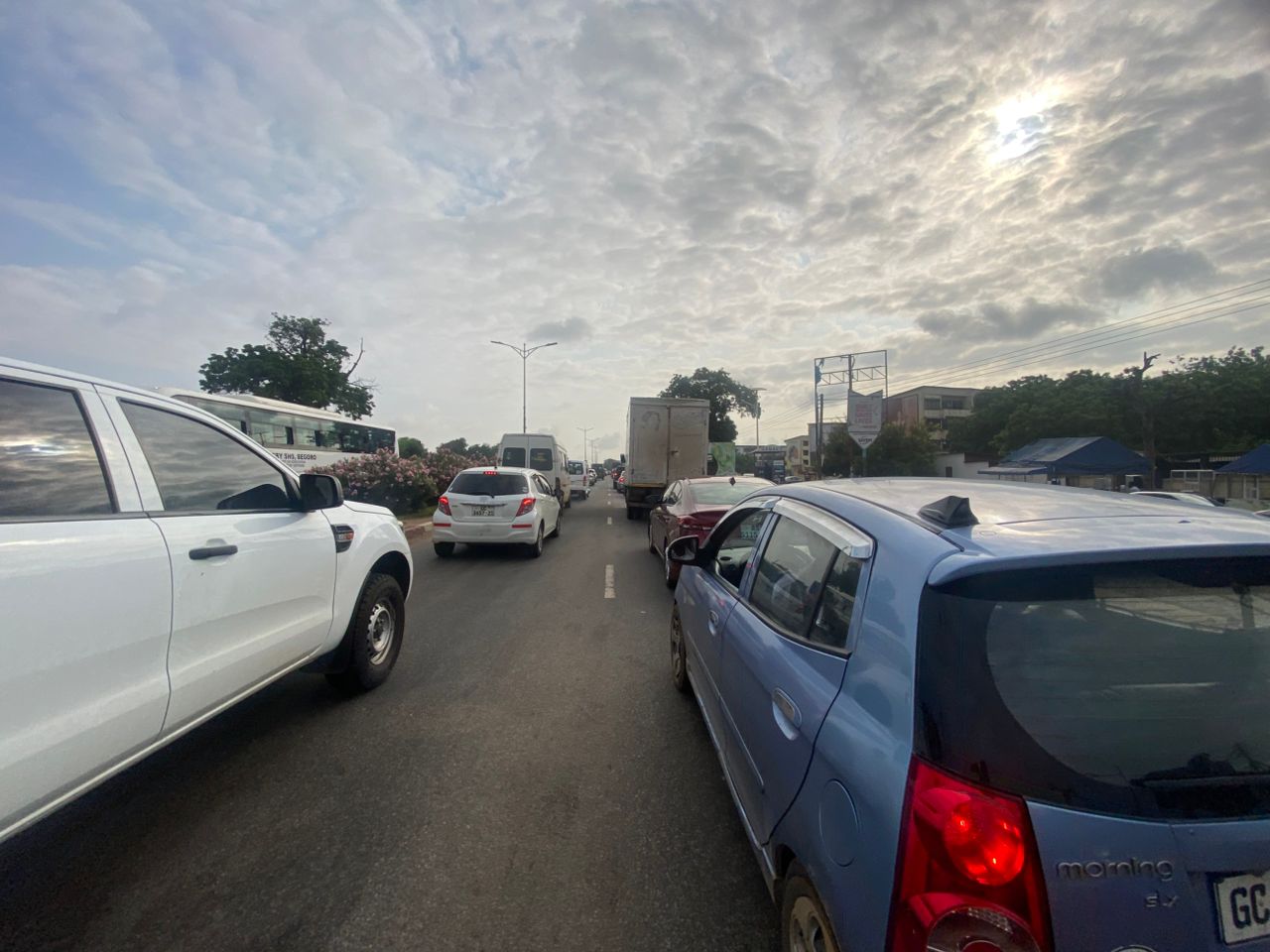
A key contributor to the congestion is the high number of intersections along this route. From the Flagstaff House to the Tetteh Quarshie Interchange, there are more than seven major intersections, including Afrikiko, Christ the King, 37 Military Hospital, Opeibea, Airport First Traffic Light, Airport Second Traffic Light, and Shangri-La Junction. Each of these intersections contributes significantly to the bottlenecks and traffic build-up along this major highway.
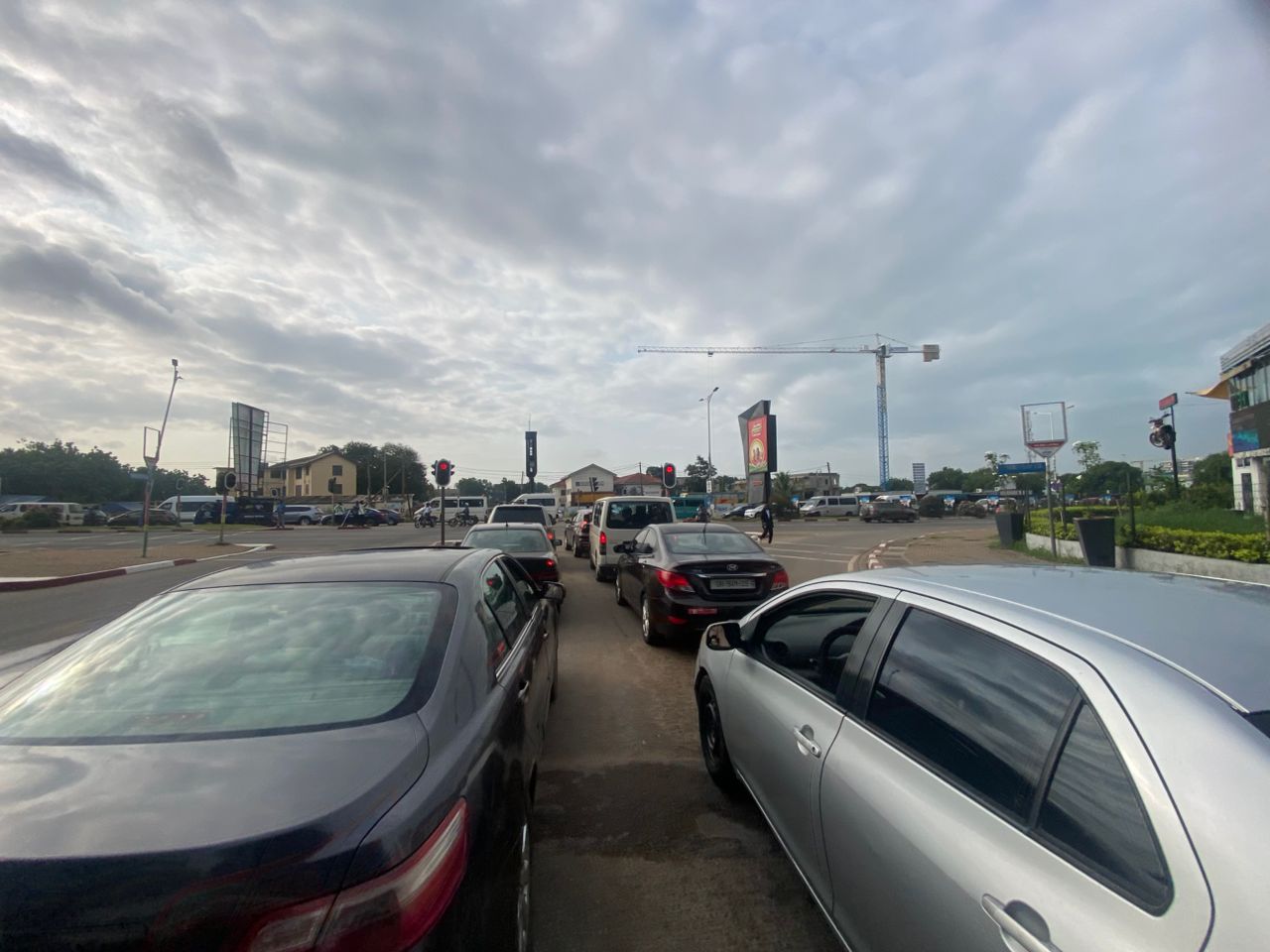
Given that the Ministry of Roads and Highways is currently constrained by budget limitations, the construction of flyovers or interchanges at all these intersections is not feasible in the short term. However, practical and cost-effective short-term solutions can still be implemented to mitigate the crisis.
One such approach is traffic re-engineering, drawing inspiration from past successes. For example, in 2009, the former Mayor of Accra, Alfred Oko Vandapujie recognizing the unbearable congestion along the John Evans Atta Mills Highway (popularly known as the Accra High Street), implemented strategic changes by closing intersections and converting some roads into one-way corridors.
These measures led to a drastic reduction in congestion along that stretch, and to date, the High Street experiences relatively free-flowing traffic compared to other parts of the city.
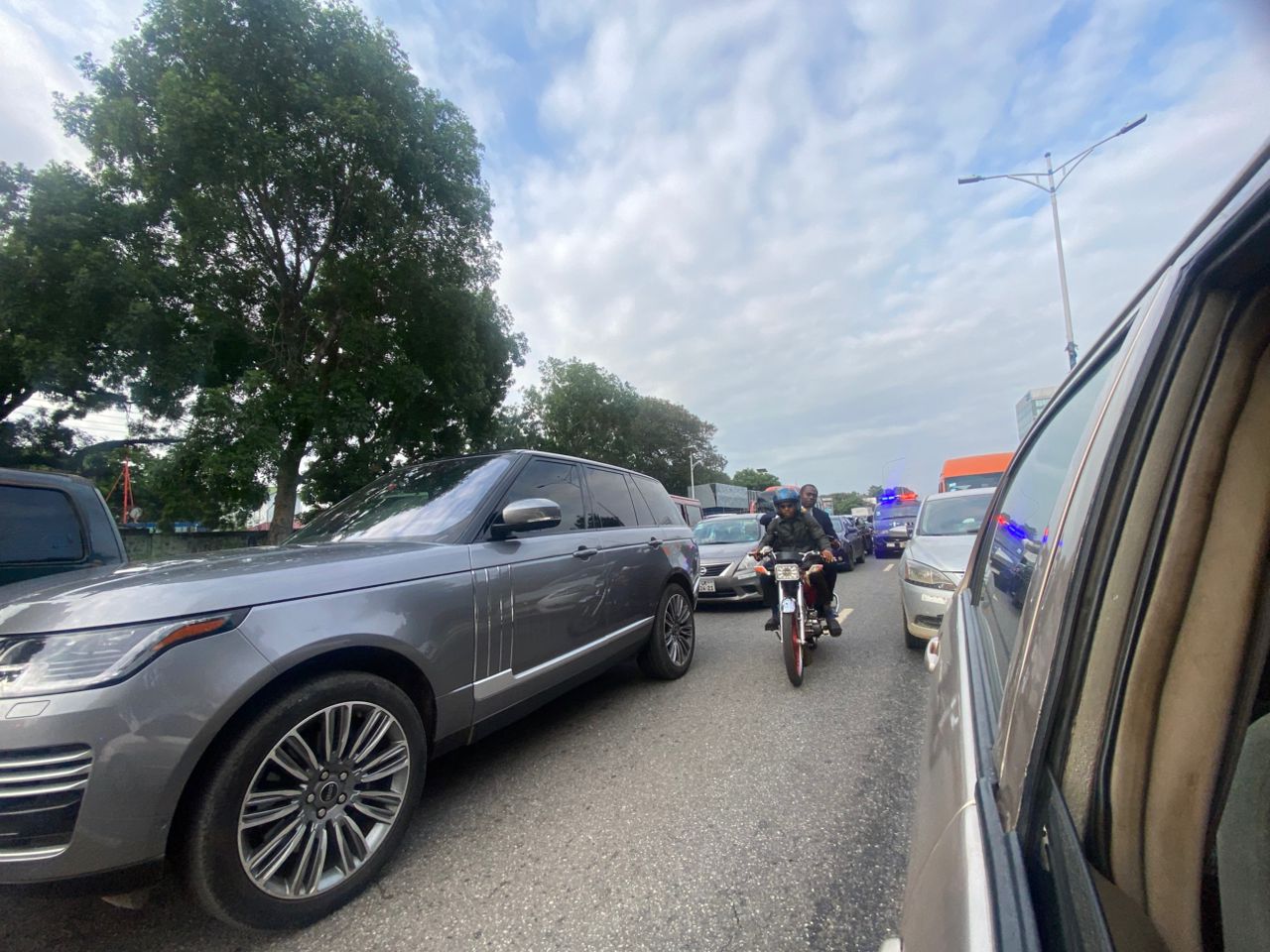
Based on personal observations as a frequent user of the road, I propose the following re-engineering solutions to reduce congestion drastically along the Flagstaff–Tetteh Quarshie highway:
Block Select Intersections: Certain intersections such as Afrikiko and Christ the King should be closed temporarily or permanently to prevent cross-traffic disruptions. Vehicles that would normally intersect at these points can be rerouted to major nodes like the Sankara Interchange, where better control systems can be installed.
Redirect Cross-Traffic: Vehicles approaching from the Airport side or Burma Camp and intending to cross to the other side of the highway should be redirected to alternate, less congested routes, preferably using ring roads or service lanes where available.
Convert Strategic Points to One-Way Access: Just like the High Street intervention, selected stretches of the highway and its service roads could be converted into one-way systems to reduce the chance of head-on congestion and improve traffic circulation.
Install Coordinated Traffic Signals: Where intersections must remain open, coordinated traffic signal systems should be installed or updated to reduce idle time and improve flow.
Increase Traffic Enforcement: The Motor Traffic and Transport Department (MTTD) of the Ghana Police Service should be more actively deployed along this corridor during peak hours to manage road discipline and ensure compliance with new routing rules.
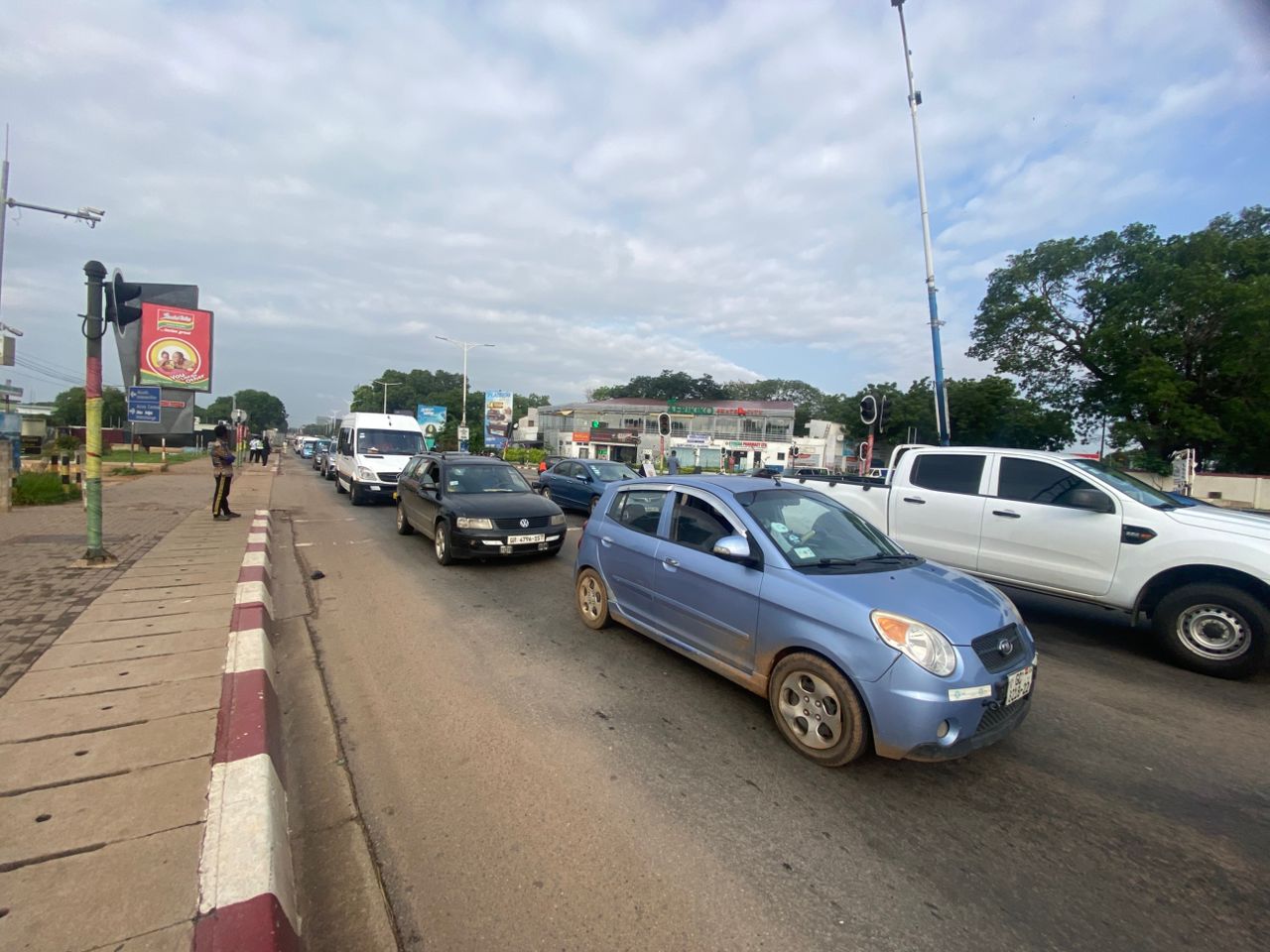
Public Awareness and Phased Implementation: Any proposed changes must be backed by a robust public education campaign to inform motorists and minimize resistance or confusion. A phased rollout will also help test the effectiveness of the changes before full-scale implementation.
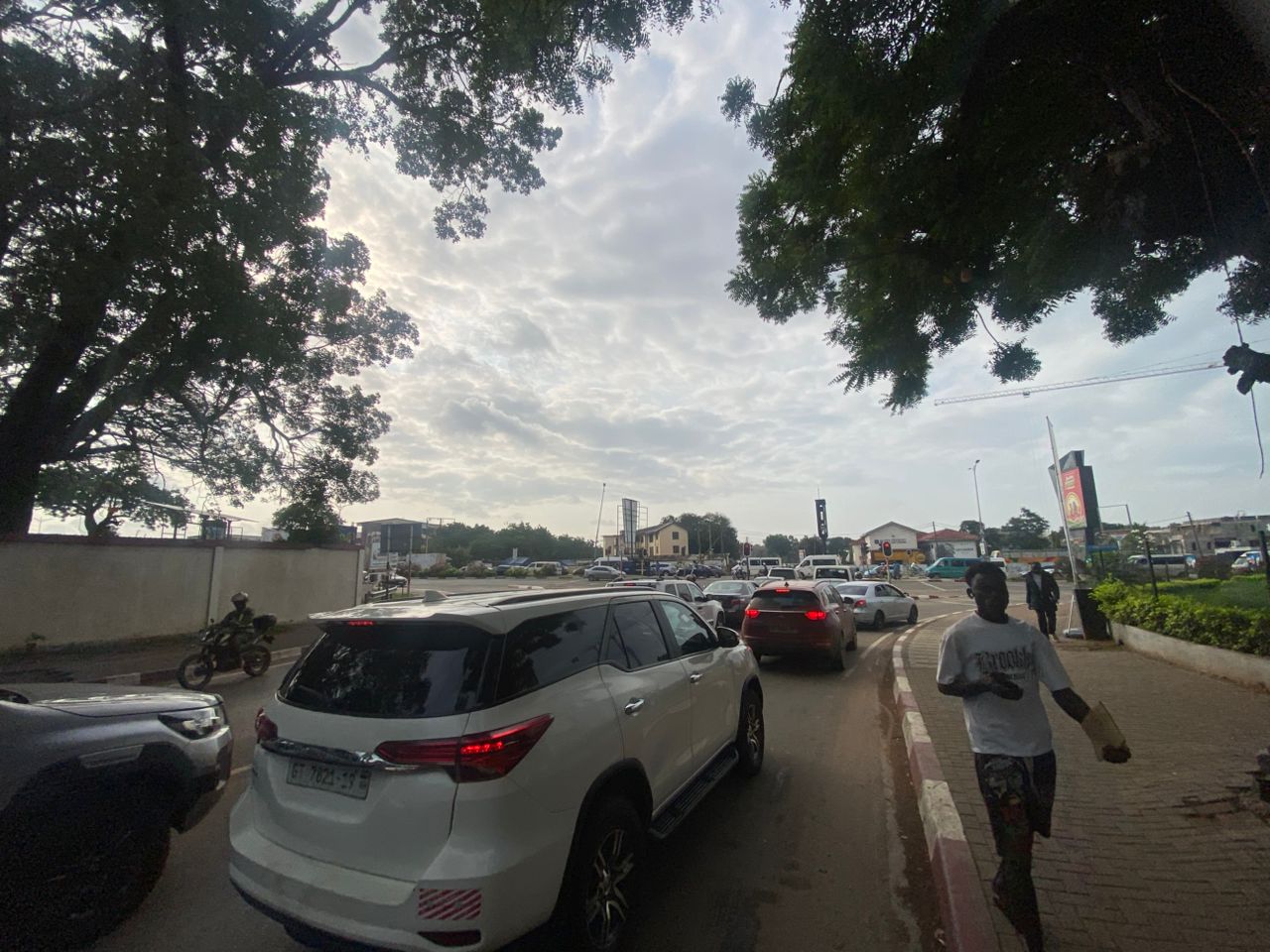
While long-term solutions such as the construction of multiple interchanges and the expansion of road capacity are desirable, immediate action is required to alleviate the burden on thousands of road users daily.
This proposal serves as a starting point and a call to the Ministry of Roads and Highways, the Department of Urban Roads, the Road Safety Authority, the MTTD, and transport engineering experts to evaluate the feasibility of these suggestions.
We must leverage local knowledge, past successes, and practical ingenuity to bring relief to commuters on this critical corridor. The time to act is now.







